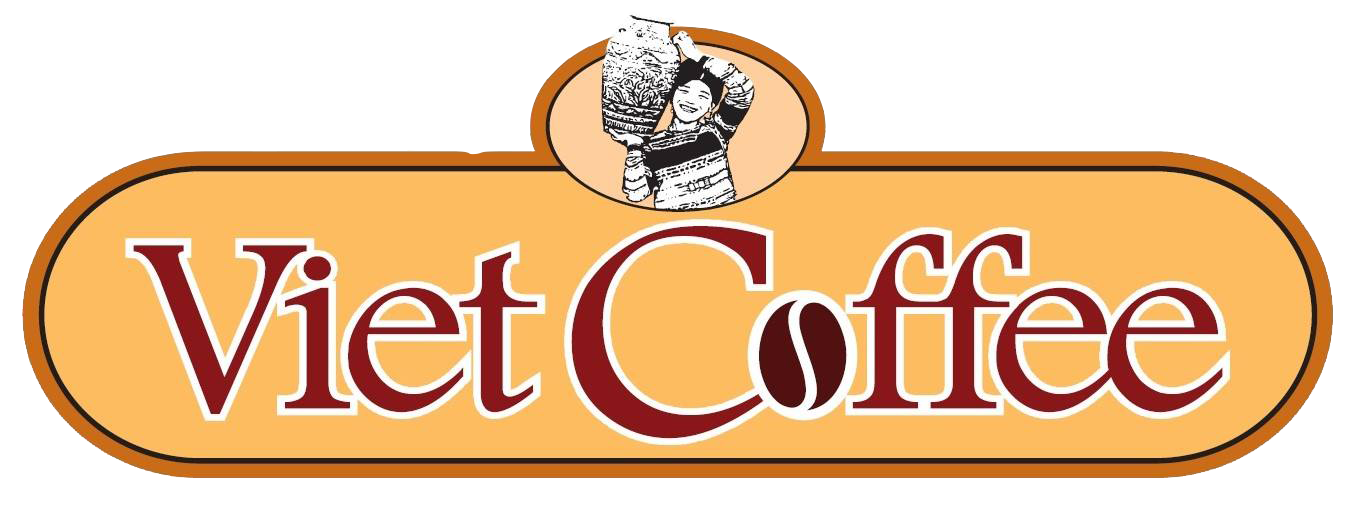COFFEE STORY
When entering an Italian coffee shop, it is standard if you stand next to the bar and enjoy their espresso cups fastly (express).
Espresso coffee is the most popular Italian type of coffee, appeared since the 1930s, made from pure Arabica, or Arabica blended with Robusta in proportion 60/40.
Coffee maker will roast coffee beans and grind them to make Espresso. Then use hot water under high pressure compressor for mixing. Therefore, Espresso cup will taste very strong and fragrant. It is also the foundation to give birth to a lot of famous Italian coffees such as Cappuccino, Latte or Macchiato.
One other famous Italian coffee is Capuccino with a combination of espresso, hot milk and foam in an equal ratio. Cappuccino is famous and very loved also because of foarm art.
One other popular drink in Italy is Macchiato. To get Macchiato, the waiter will add steamed milk on top of Espresso.
Like Cappuccino, Latte is a blend of espresso, steamed milk and milk foam. However, if as in Cappuccino, hot milk and milk foam is the same, then with Latte, milk foam volume is only half the hot milk only. This also explains why a glass of Latte looked less fluffy than Cappuccino. Also, when called Latte, you will be served coffee in a cup rather large, instead of thick like Cappuccino cup.
In addition to the aforementioned types of coffee, you can also try a cup of Mocha, Americano or Affogato. They are all famous Italian coffee.
“Bar” in Italian means a coffee shop
Number of stores with “bar” on billboards in Italy could make you believe that this country is facing a serious problem with alcohol. In fact, the Italians understand “bar” is a place serving authentic coffee, where you can call yourself a cup of Latte or Cappuccino.
Italians usually drink coffee standing
Entering into the Italian coffee shop, unless you are too tired and need to rest your legs, but if not, let’s stand at the bar and enjoy coffee as locals. This not only helps you to settle in and get acquainted with their culture, but also saves you half the money to pay compared to have a seat and wait for the waiter.
Please pay before calling coffee
There is no such mandatory provisions, but as a rule of politeness, it would be better if you go to the checkout counter, say what you will call and pay in advance. Then hold the bill, bringing it to the bar and handed it to the waiter. They’ll bring you a cup of coffee as you require.
Do not call cappuccino after noon
Please do so if you want to fit in with the culture of Italian coffee. Because if you call a cup of cappuccino after lunch at a local bar, people will look at you strangely. Someone explains it is because Cappuccino cause digestive disorders in the afternoon, and it was suggested that because of cappuccino foam and ice cream are considered a substitute for a meal already. So, if you want to drink Cappuccino, it would be better if you drink in the morning.
Please help yourself to sugar and cremina
In addition to the summer cold drinks like Caffe Shakerato (coffee is mixed by shaking sugar with ice), coffee in Italy is usually served without sugar. Hence, you have all the right to add sweetness to your coffee cup. Typically, you will easily find the small bag of sugar is placed on the counter ready to serve. Also, in some places, it will be the type cremina – a sweet creams to choose from as you like.



